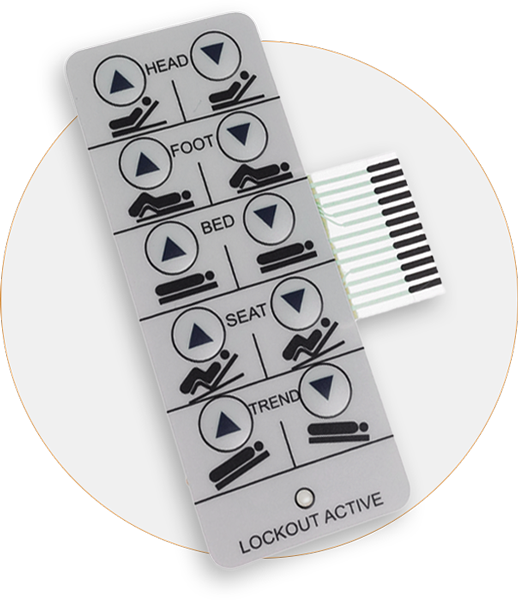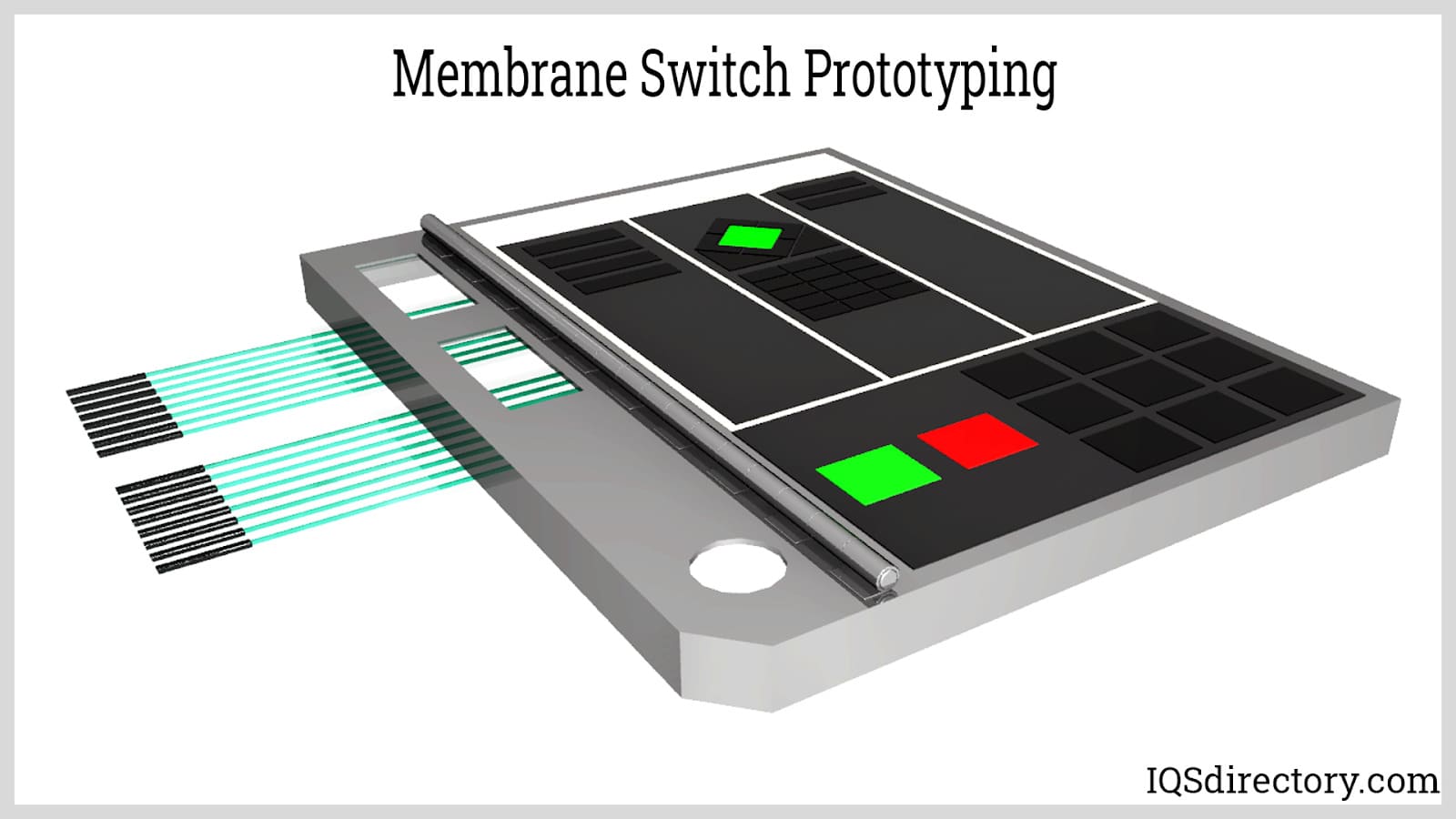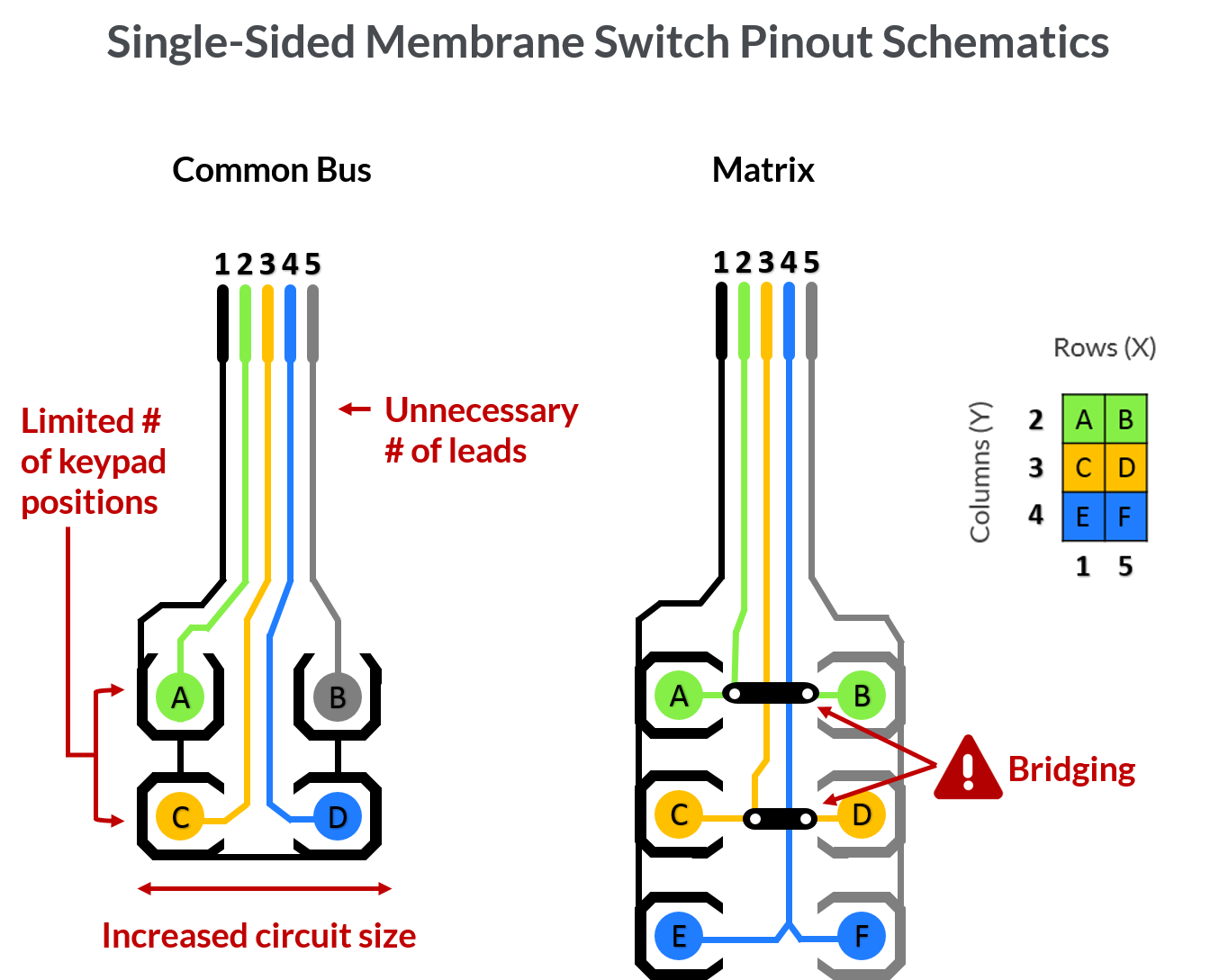Why Picking the Right Membrane Switch Is Vital for Your Product Design
Why Picking the Right Membrane Switch Is Vital for Your Product Design
Blog Article
Comprehending the Functionality of Membrane Layer Switches for User User Interface Devices
The functionality of membrane layer switches stands for a significant development in interface style, combining effectiveness with aesthetic versatility. These buttons operate via a multi-layered structure that translates customer communications into electric signals, enabling both portable formats and resilience versus environmental aspects. As industries increasingly prioritize customer experience, comprehending the nuances of membrane layer switch innovation becomes essential. What effects do these advancements hold for future applications, and just how might they redefine individual interactions across numerous devices?
What Are Membrane Layer Switches?
Membrane layer buttons are cutting-edge user interface tools that facilitate user interaction with electronic devices. These flexible elements consist of multiple layers, including a visuals overlay, spacer, and a published circuit layer. The style permits a seamless integration into various electronic devices, enhancing both the aesthetic and functional aspects of user interfaces.
Membrane switches are commonly employed in a variety of applications, from home appliances to industrial machinery and clinical devices. Their construction usually features a thin profile, making them an ideal selection for portable layouts. The tactile comments provided by these buttons can be crafted to satisfy particular individual preferences, ensuring reliable interaction between the user and the tool.
Durability is another substantial benefit of membrane buttons, as they are immune to dust, dampness, and chemicals, which boosts their lifespan popular environments. In addition, these buttons can be customized in regards to form, size, and graphic layout, permitting branding and user-specific features. On the whole, membrane switches over stand for a useful remedy for enhancing customer experience in digital devices, combining functionality with aesthetic charm in an efficient fashion.
Exactly How Membrane Layer Changes Job
Operating on a simple concept, membrane switches over use a layered building to sign up user input properly. Each switch includes multiple layers, consisting of a printed circuit layer, a spacer layer, and a top visuals layer, which are created to interact flawlessly. When a user presses the leading layer, it compresses the spacer layer, bringing the conductive aspects of the circuit layer right into contact with each other.
This call creates a closed circuit, signaling the tool to execute a certain feature. The design enables for different arrangements, including tactile responses, which can enhance the user experience by supplying a physical experience upon activation. The products used in membrane switches usually include flexible substrates, such as polyester or polycarbonate, which make sure durability and durability against deterioration.

Key Advantages of Membrane Layer Buttons

Another significant benefit is their density. Membrane buttons are slim and lightweight, which makes it possible for manufacturers to save room in their gadgets without sacrificing capability. This feature is specifically helpful in applications where weight and quantity are important considerations.
In addition, membrane buttons are resistant to dirt, moisture, and chemicals, improving their sturdiness. This resilience prolongs their life-span and minimizes the need for regular substitutes, causing expense financial savings in time.
Moreover, the tactile responses provided by membrane layer buttons can be maximized to enhance customer interaction. They can include attributes such as raised buttons or distinct clicks, boosting usability and individual experience.
Applications Throughout Industries
User interface tools utilizing membrane switches prevail in a vast array of markets, showcasing their flexibility and functionality. Membrane Switch. In the medical industry, membrane layer switches are important to tools such as analysis equipment and client tracking systems, where their durability and ease of cleansing are vital for keeping health standards. Similarly, in the automobile market, these buttons are utilized in dashboard controls and infomercial systems, supplying a streamlined and modern-day user interface for customers.
In addition, the consumer electronics industry take advantage of membrane buttons in devices and portable tools, where compact style official site and user-friendly user interfaces boost customer experience. Industrial applications additionally take advantage of membrane switches for control panels in equipment and automation systems, stressing their effectiveness and resistance to extreme atmospheres.
In the aerospace and defense sectors, membrane layer switches are used in cockpit controls and tools, where dependability and efficiency under extreme conditions are vital. Additionally, the pc gaming industry increasingly incorporates membrane layer switches in controllers and game equipments, adding to an engaging individual experience. On the whole, the convenience of membrane switches enables their extensive use across various markets, underscoring their value in contemporary interface layout.
Future Patterns in Membrane Change Innovation

In addition, making use of advanced products, such as polycarbonate and polyester films, is anticipated to rise, supplying boosted resilience and resistance to ecological stress factors. These products add to the overall long life of membrane layer switches, making them suitable for harsher industrial applications.
Additionally, the unification of smart technology, including IoT connectivity, will enable membrane switches to interact with other gadgets and systems, helping with an extra interactive user experience. This pattern lines up with the expanding need for wise gadgets across different Discover More industries, from health care to customer electronic devices.
Last but not least, customization options are prepared for to increase, permitting suppliers to develop bespoke solutions customized to details customer demands and choices. These advancements will position membrane layer buttons as crucial parts in the advancement of interface innovation.
Conclusion
In verdict, membrane switches over represent a crucial development in user interface innovation, offering a trustworthy and flexible click solution for diverse digital applications. As advancements in product scientific research and touch sensing innovations proceed, the functionality and applicability of membrane layer switches are anticipated to increase, reinforcing their relevance in modern-day electronic gadgets.
Report this page